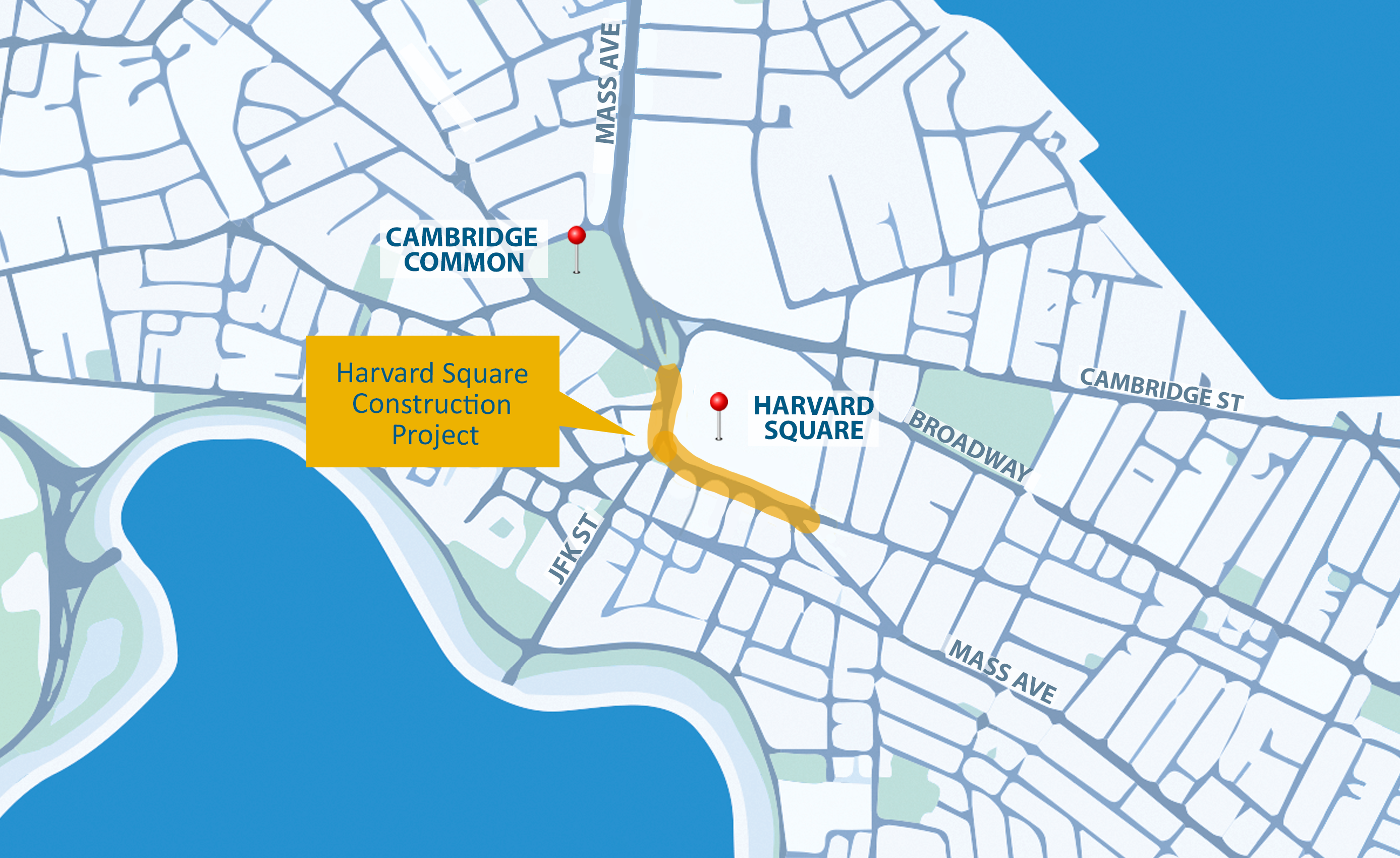- Columbus/Tremont, Malcolm X, Warren, and Blue Hill Avenue - so much of the Roxbury/Dorchester bus ridership is funneled through these corridors
Agreed on the value of all of these, but I've been staring at the lower half of Warren St (between Quincy St and Blue Hill Ave) for years now, trying to figure how to fit dedicated transit infrastructure into that space. Even if you delete all parking, it doesn't look like there is space for center-running boarding areas in addition to sidewalks, which points to side-running bus lanes instead, with bus stops directly on the sidewalk.
Maybe you could do something clever with one-way paired running on Warren and the northern section of Blue Hill (jumping between Warren and Blue Hill via Quincy St)?
- BUMC/Boston Medical Center area
I've been looking at Albany St recently for this (in concert with lanes on Mass Ave). You would need to eliminate the parking, but that's probably an easier sell in a less-residential area. The street itself is 80 feet lot-to-lot, which gives you plenty of space to play around with different pieces of the puzzle. For example, see below, where I'm using offset platforms (e.g. flanking intersections) to avoid fitting two platforms into the same width of street:
(Careful observers will note that I did indeed fudge the width of the upbound bus lane, under the theory it can be slightly narrower when the bus is starting and stopping at the platform.)
(I'll also put my head into the lion's mouth and say that I personally believe it would be reasonable to prioritize bus lanes over bike lanes, if push comes to shove. But that's a larger discussion.)
At the northern end of Albany St, you can split into a one-way pair (northbound on Frontage Rd, southbound on Albany St), cut across the highway and eventually land at the South Station Access Road's crossing of Albany and Lincoln Sts. From there, you could run directly into the bus terminal, or you could run on surface streets to Dewey Sq (using some combination of single lanes on Surface Rd, Lincoln St, and/or Kneeland + Atlantic). At that point, you've reached the T7 subnetwork (Summer + the downtown lanes mentioned above) and you have lots of options for through-running.
Big picture, Albany St BRT provides a speedy path for south<>east circumferential service (e.g. Nubian to Airport). North of BUMC, half of the corridor's walkshed is the highway, and the other half is 2 blocks away from local service on Washington St, so you won't need as many stops. This contrasts with the two other alternatives: South Boston Haul Road, which serves BUMC poorly and offers bad connectivity to the Red Line; and D Street, which is narrower and would demand more intermediate stops. (The T12 via D St is a great idea, but should supplement rather than replace true circumferential service.)
At the same time, Albany St BRT can provide a speedy path between Downtown and BUMC, and potentially even further to Nubian. Big picture, Nubian-BUMC-Albany-South Station-Seaport-Airport is a circumferential service, but if you zoom in on South Station-BUMC it can provide a useful radial service.
tl;dr: Imagine Albany St BRT serving an extend SL3 that runs from Chelsea to Nubian via BUMC.


